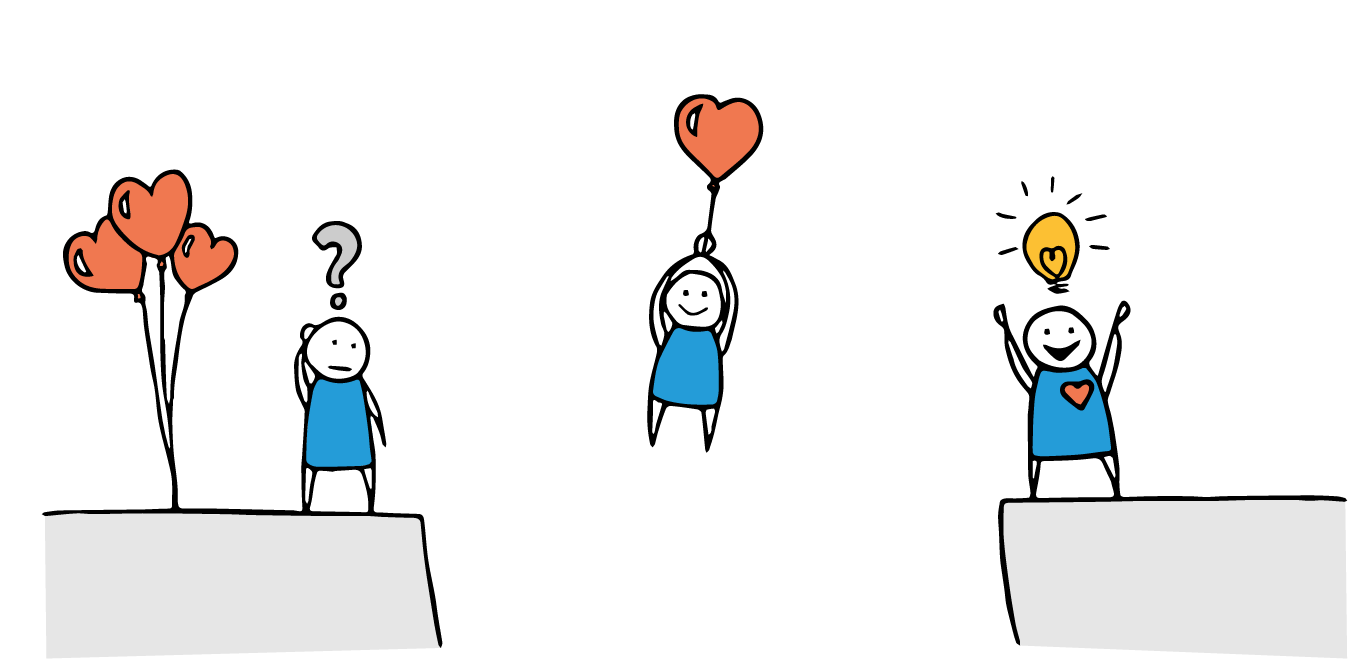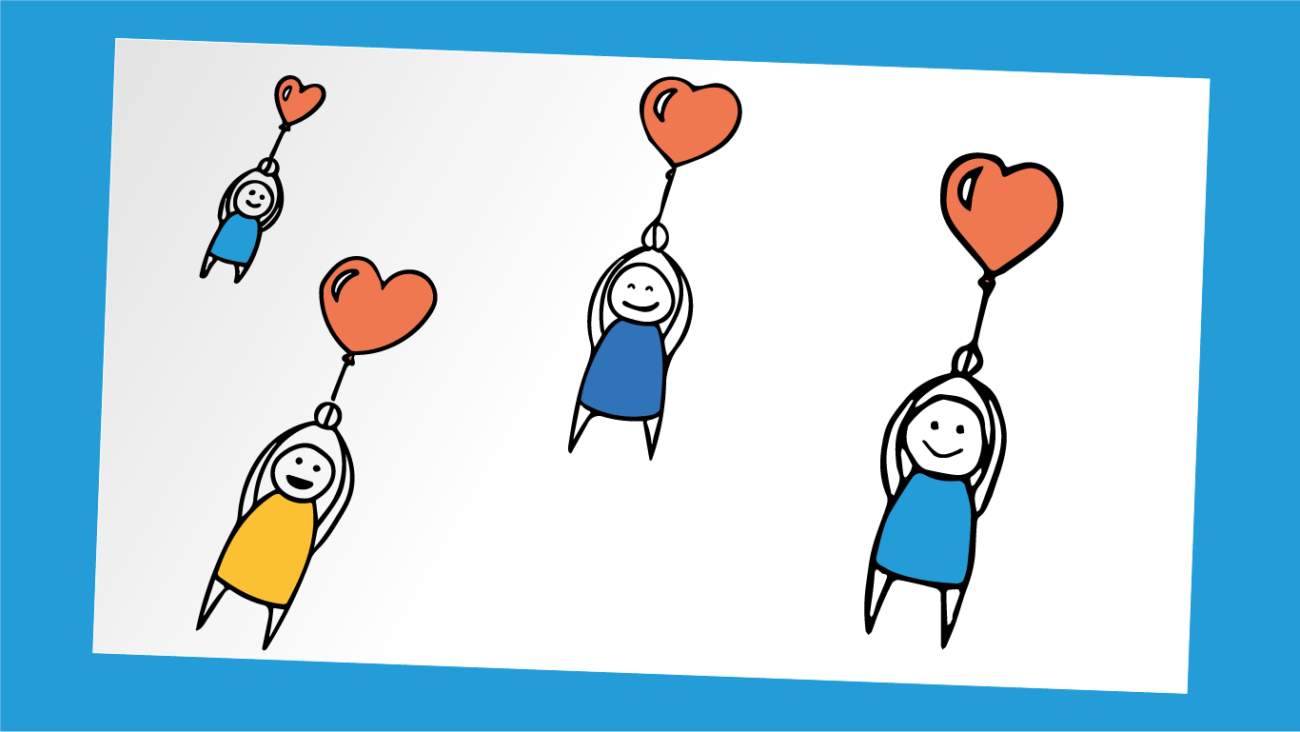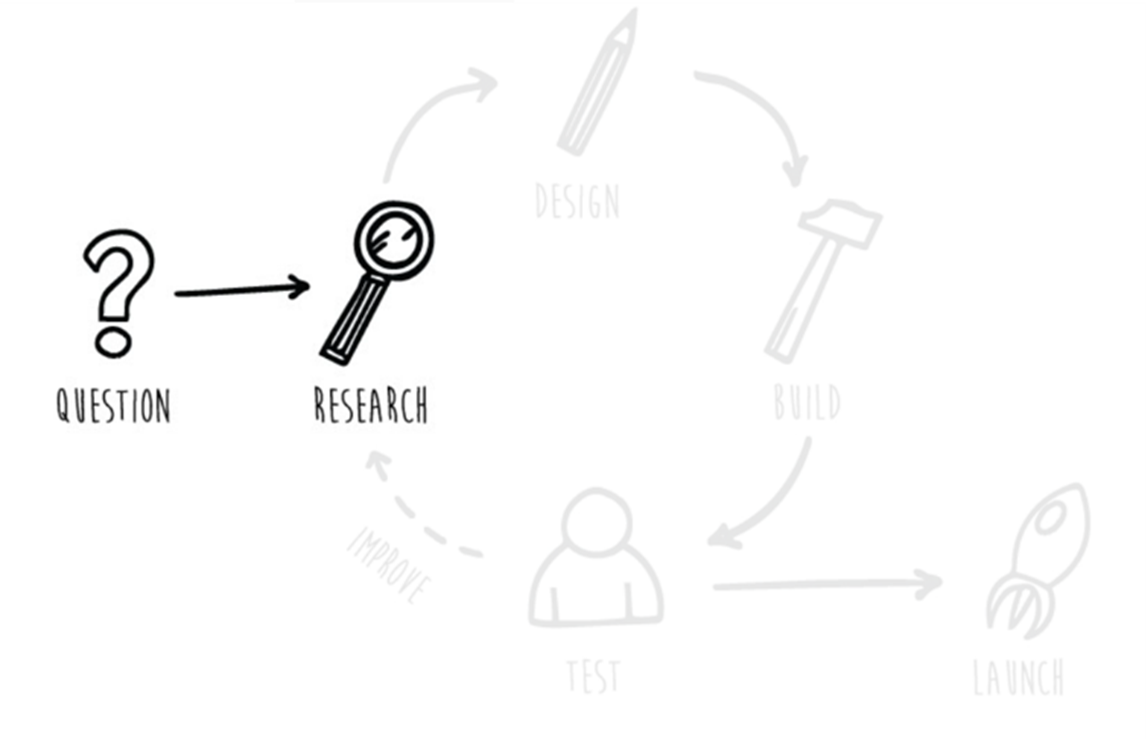July 26, 2021 by Maria Galaykova |
Many of us live in a paradigm where employees are referred to as “human resources” and seen as a part of corporate mechanism. I think, everyone in a modern world from time to time has this feeling of being a small gear in a huge machine, unable to influence the course of things. This is quite an unpleasant feeling that gives neither motivation nor curiosity.
Think for a moment how learning can look like in this paradigm and who it is designed for. What happens if we shift the paradigm and start designing for people instead of designing for business? What can help us to achieve this is human-centered design.
Human-Centered Design is a creative approach to problem solving which involves the human perspective in all steps of the problem-solving process.
Basically, it means that there should be a problem to solve and that the solution is developed from a human perspective.
Quite often the one who has the problem and is searching for help of learning designers is not the learner. Rather it might be a company that needs to improve employee performance or a school that wants to increase the engagement of the students. Designing learning for organizational needs is usually the task of instructional design. As Devlin Peck – an instructional designer – puts it: “The field of instructional design arose from the need to improve human performance by teaching people new knowledge and skills”.
Even before starting to solve the problem, we should ask from whose perspective are we looking at the problem?
Instructional designers are usually expected to define which skills and knowledge are required to solve the problem and to design the learning in a way that closes the existing competence gap. The goal in this case is not to make the design user-centered, but to maximize the use of the employees by adding the missing features to them.

Old paradigm: fix the employees to maximize their productivity
Applying the principles of human-centered design, a learning experience designer would concentrate on a problem which is relevant for the people and make sure people’s needs and business needs are aligned.
Starting from the same initial problems Instructional Design and Learning Experience Design can end up asking completely different questions and end in different solutions. In case of ID, the solution can be planned and predicted. In case of LXD, the initial problem should be transformed first, which makes the solution unpredictable and often unexpected.
To make the difference clearer, let’s take a look at another discipline based on human-centered design – User Experience Design.
Imagine a user who is planning a vacation and wants to buy plane tickets. If you design a website for booking flights and it turns out to have a difficult interface, the user will either click through it swearing or they leave and book a vacation elsewhere.

 The user is always right. The design might be wrong.
The user is always right. The design might be wrong.
Do we look at learning this same way?: “The learner is always right. The learning design might be wrong”? It doesn’t seem like it. Instead, we talk about disengaged learners and how to make them learn. Can it be that we are forcing them to learn something and in a way they don’t really want, need or are able to?
How LXD uses the human perspective?
After defining the question from a learner perspective, a LX designer comes to the research. The research includes defining the “learning outcomes” and the “learning objectives”.
Research is an important part of the LX design process
Learning outcomes answer the question “how the learning experience will impact the learner’s life in a positive way. It talks about what the learner gains from this experience and how this is relevant a valuable to the learner.” In other words, this is the “why” of learning for the learner.
Knowing the “why” we can figure out the “what” – learning objectives. What exactly will the person learn as a result of the learning experience?
Including both “why” and “what” in the design process makes the learning experiences meaningful and personal.
 New paradigm: trust and help people to discover their own way to greater performance.
New paradigm: trust and help people to discover their own way to greater performance.
You may ask, how does it relate to the initial problem? If there is a need of improving employee performance, can it be achieved with LXD?
The answer is yes! But the way to the goal will be less obvious and linear. The link might be similar to, for example, how psychological safety increases team performance. You solve a problem on a deeper level using higher-order thinking, meaning that you’re accepting that you cannot predict everything. But what you can do is to trust a design process that makes it possible to find solutions that make learning truly engaging and meaningful.
In the end every business is about people – employees and customers. Make sure your people grow, and the business will follow.


